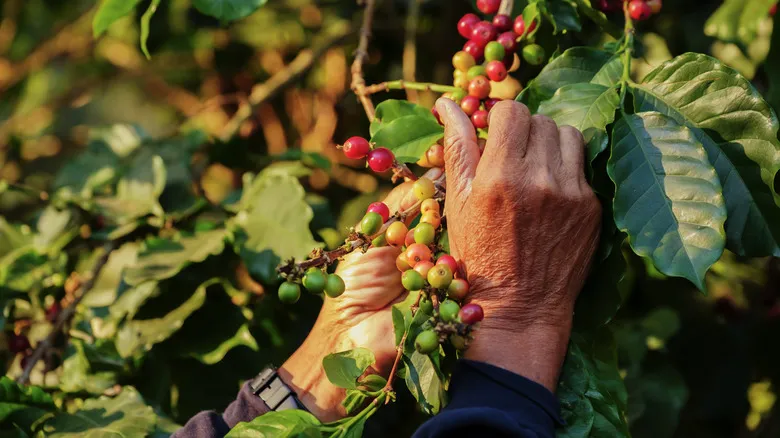Washed coffees remove fruit for the cleanest flavor
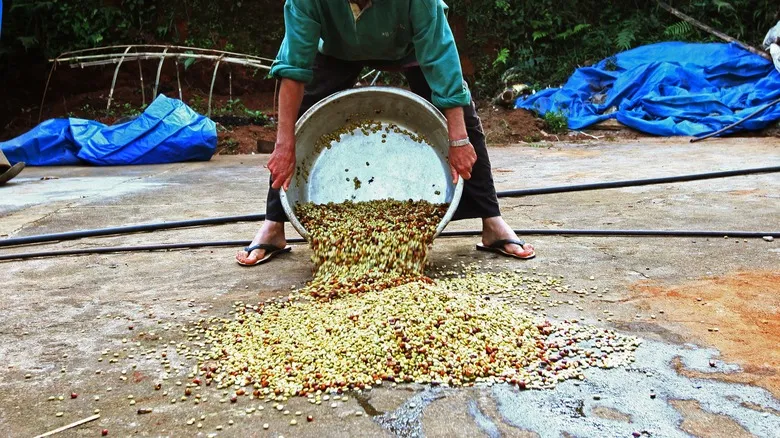
The washed process produces the most uniform coffee by removing the fruit before drying. This method requires a significant amount of water—hence its alternative name, the wet process—which can pose challenges for some producers, particularly in light of climate change. After harvesting and sorting the coffee berries, the cherries are depulped using an industrial machine. A thin, sticky layer of mucilage remains, which is eliminated by fermenting the fruit in a tank for several days. The coffee is then washed again before the drying process begins.
While this method is labor-intensive, it results in clean and consistent coffee. The characteristics of the bean are clearly highlighted, allowing you to distinguish between varieties such as arabica and canephora, as well as identify the production location, harvest year, and other terroir qualities. Washed coffees allow for a deeper appreciation of the coffee's details, whether it’s a specific varietal grown in different regions or the subtleties of a micro lot.
In terms of flavor, washed coffees offer a wide spectrum. They often exhibit a bit more acidity, along with mild fruitiness, minerality, and a touch of natural sweetness. This balanced and classic flavor profile has made washed coffees the most popular type globally. Renowned coffee-producing countries like Kenya and Colombia have achieved international acclaim for their beans through this processing method.
Semi-washed coffees keep some mucilage intact for added sweetness
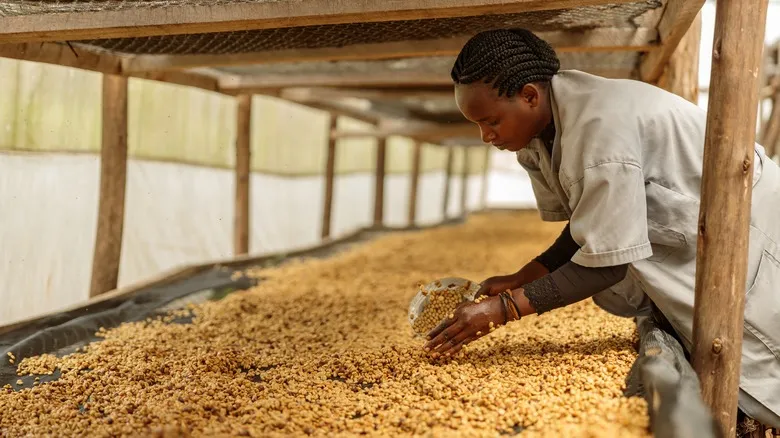
The semi-washed coffee process includes various substyles, each with its own distinct characteristics, yet they generally follow a similar method. After harvesting, a significant portion—if not most—of the fruit is removed, leaving a thin, sticky layer of mucilage attached to the bean. This coffee is then dried without the fermentation and rinsing typical of the washed process. The amount of sweet mucilage remaining on the bean distinguishes it into regional subtypes, such as honey coffee, which is popular in Central America, or pulped natural coffees developed in Brazil.
The sticky, sweet mucilage has a honey-like quality, which is why it is often referred to by that name. It significantly impacts the flavor, resulting in a cup that showcases more pronounced sweetness and reduced acidity while still highlighting the coffee's inherent character. The taste is not overwhelmingly sweet; instead, it blends with the bean's nuances, producing notes reminiscent of chocolate and dark fruit. The more mucilage retained, the stronger the flavor intensity, although this also increases the risk of undesirable fermentation.
This sweet yet complex and terroir-driven cup has made semi-washed coffees highly regarded by both producers and baristas. Although it is a relatively recent innovation, first practiced in Brazil a few decades ago, it is rapidly gaining popularity among growers throughout Latin America. Selecting high-quality beans, timing the drying process, and preventing over-fermentation require considerable skill. However, when handled by a knowledgeable producer, the results are impressively flavorful.
Naturally processed coffees dry flesh-on for bold, fruity, and wild flavors
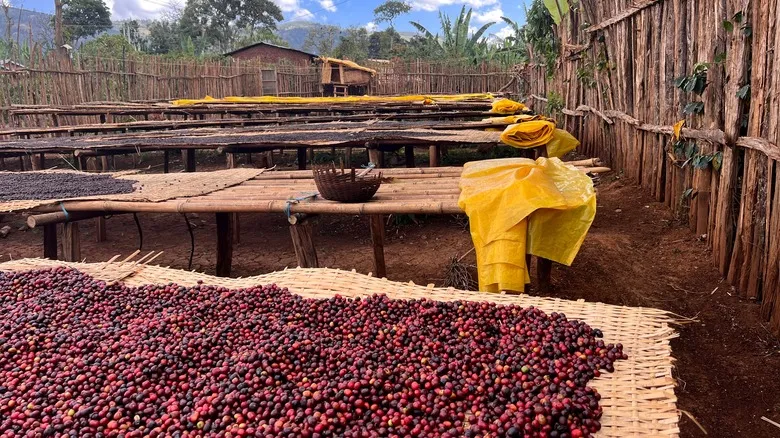
This technique, known as the dry process, is the oldest and most hands-off method of coffee production. It requires minimal human intervention, as the coffee cherries are harvested from the plant, sorted, and cleaned before being spread out to dry. The cherries are placed on raised tables, concrete surfaces, or patios, where they are exposed to direct sunlight. This exposure allows for increased fermentation of sugars while moisture gradually evaporates over an extended period.
When executed properly, natural coffees exhibit vibrant flavors, often featuring fresh fruit notes, intense sweetness, and a wine-like dryness. Some batches can present unique and exciting flavors that are bold and unconventional. However, this method carries the risk of spoilage and mold due to potential infections. Additionally, since the cherries are left exposed to the elements, factors such as humidity and rain can introduce further unpredictability, affecting the final taste.
Consequently, this fermentation-driven approach tends to downplay the inherent qualities of the coffee beans. The natural process can obscure the flavor characteristics that reflect the coffee's country of origin. Nonetheless, some producers have perfected the art of managing these variables, drawing on a rich tradition. Natural coffees are often sourced from Ethiopia and Yemen—regions known for the earliest cultivation of the coffee plant—as well as from Costa Rica and Brazil. This method is also a popular choice for micro-lot coffees in various regions, adding an intriguing element of spontaneity to each batch.
Recommended

The Perfect Milk Foam Is Your Secret Weapon For Flawless Latte Art
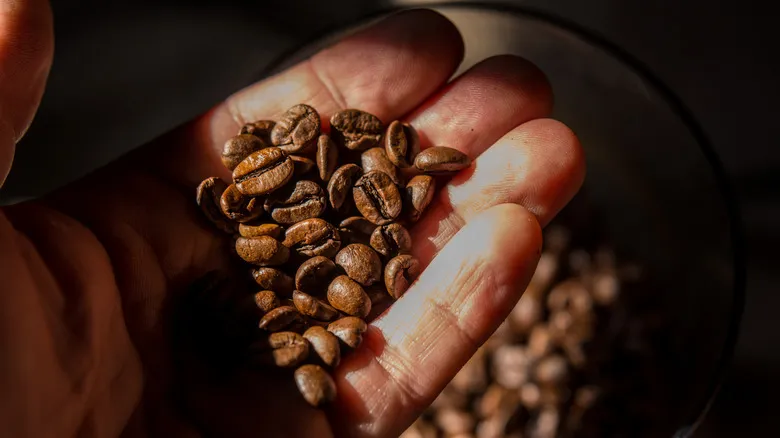
How To Choose Your Coffee Beans Based On Their Altitude Level
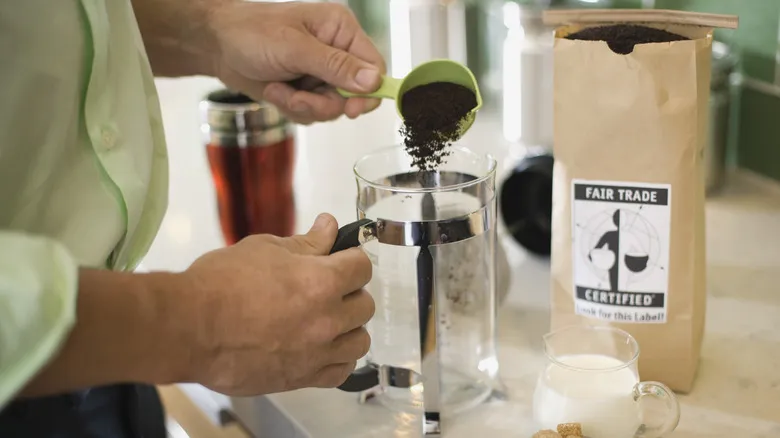
The Right Way To Use The Flavor Notes On Your Bag Of Coffee

A Brief History Of Pumpkin Spice
Next up

